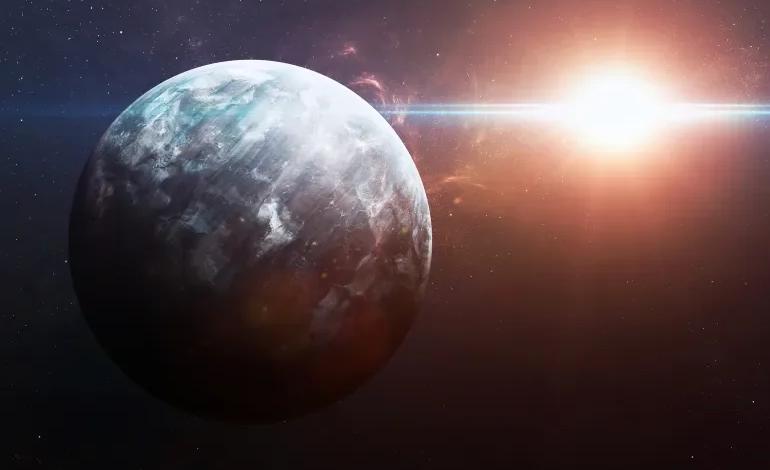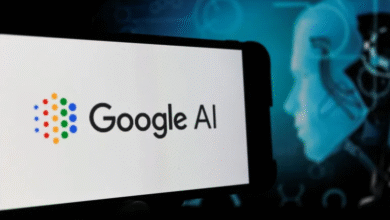NASA and Microsoft Unveil ‘Earth Copilot’: An AI Chatbot Revolutionizing Space Exploration


“AI Revolutionizes Space Exploration: Microsoft and NASA Launch ‘Earth Copilot’ AI Chatbot”
Artificial intelligence has left its mark on nearly every aspect of our daily lives, from smartphones and business services to the space sector. AI has now become an integral part of understanding outer space, especially for those eager to expand their knowledge in this vast field.
While space-related information is generally accessible, understanding it often requires prior knowledge, making it challenging for many users. To simplify this information and make it more accessible, Microsoft and NASA have teamed up to launch an AI-driven chatbot model, powered by Azure and OpenAI technologies. But what does this model offer?
AI Chatbot with NASA’s Knowledge
NASA, the U.S. space agency, is a massive repository of space-related data, with new discoveries made daily. Although much of this information is available for free on NASA’s website and related research journals, it often requires prior knowledge to fully comprehend. This is where the “Earth Copilot” chatbot, developed in collaboration between Microsoft and NASA, comes into play. This chatbot utilizes over 100 petabytes of data from NASA (more than 100,000 terabytes) and transforms complex data into easily accessible information for all users.
Interactive AI Model
Designed to be user-friendly, this model allows users to access data by asking simple questions such as “What is the ocean temperature?” or “How does global warming affect water bodies?” The model provides answers in everyday language. The data within the model is regularly updated, ensuring that users have access to the most accurate and up-to-date information.
The model allows users from around the world to access this data in simple terms, much like how people interact with ChatGPT. Of course, achieving this level of accessibility required the development of an AI model capable of handling vast amounts of data quickly and accurately, which is made possible by Microsoft Azure’s cloud servers.
NASA’s Open Science Initiative
The model is part of NASA’s Open Science initiative, which aims to make information easily accessible and uncomplicated for all users. The model also includes features for visualizing data and creating graphs to simplify complex information, a key advantage of deep language models used in AI.
Ongoing Testing and Continuous Innovation
The model is still undergoing rigorous testing at NASA’s VEDA (Visualization Exploration and Data Analysis) lab, which ensures the accuracy of the data it provides. While the model is not yet available for public use, it is expected to be ready for global access soon.
New Opportunities in AI Applications
The use of AI in this context represents an innovative approach to turning large data libraries into interactive, easily accessible tools. If successful, this experiment could be replicated in other fields, such as transforming historical or scientific libraries into AI models capable of directly interacting with users.
Microsoft’s recent announcement reinforces the idea that AI still holds untapped potential in various scientific fields, promising significant advancements in the future.








